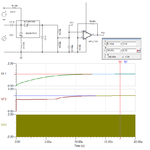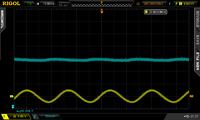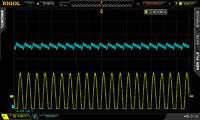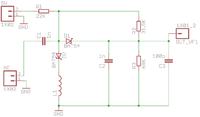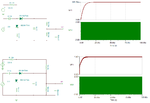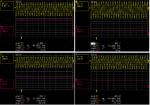itayd100
Junior Member level 3
Hello,
I have a sine wave between 60-70MHz and I want to measure the amplitude of the signal. I thought that the best way is to build a peak detector, but after 10MHz the circuit has hard time to detect the peak.
Any suggestions?
Thanks,
Itay
I have a sine wave between 60-70MHz and I want to measure the amplitude of the signal. I thought that the best way is to build a peak detector, but after 10MHz the circuit has hard time to detect the peak.
Any suggestions?
Thanks,
Itay
